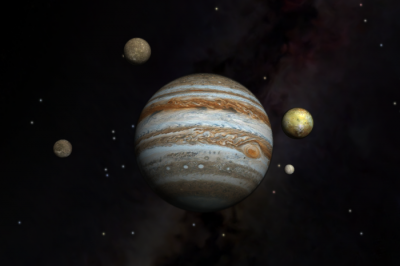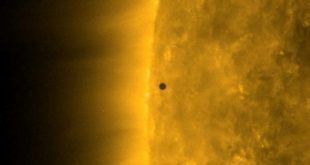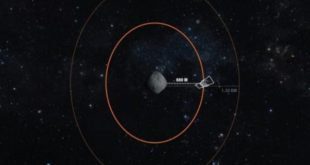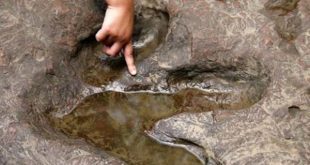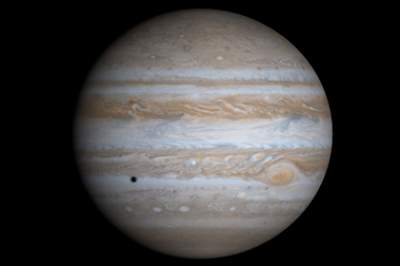 One of the planets 3.24 times denser than Jupiter.
One of the planets 3.24 times denser than Jupiter.
An international team of astronomers has discovered an ultra-dense and “bloated” exoplanets belonging to the class of hot Jupiter — celestial bodies located close to its star and its size of Jupiter.
Celestial body WASP-86b 1.2 times lighter than Jupiter, and its radius is 1.6 times smaller than a gas giant. Thus, exoplanet 3.24 times the density of Jupiter, making it the record for this indicator among the gas of celestial bodies no heavier than two Jupiter masses.
A complete revolution around the parent star heavenly body makes in about five earth days. The light itself WASP-86 1.34 times heavier than the Sun and belongs to spectral class F7, that is, its surface temperature equals 6330 Kelvin and the age is around 0.8-1.0 billion years.
Celestial body WASP-102b 1.6 times lighter than Jupiter, and its radius is 1.3 times larger than the gas giant. A complete revolution around the sun WASP-102 related to the star spectral class G0, with a temperature of 5940 Kelvin and the age of a billion years, the exoplanet is completed in 2.7 days. This leads to a strong “swelling” of the atmosphere by the sun, and increase the size of the heavenly bodies.
Around WASP-86 may exist, according to the astronomers, a few massive and dense exoplanets. The discoveries made with telescopes WASP (Wide Angle Search for Planets) and point to the diversity of celestial bodies.
In July, astronomers discovered exoplanet HD hyperlogical 93396b (KELT-11b). It revolves around subgiant HD 93396 (KELT-11) at a distance of 320 light years from Earth. The exoplanet radius greater than the radius of Jupiter to 1.37 times, but KELT-11b easier this planet five times. This makes it the third least dense of the known exoplanets. The orbital period of a celestial body around the sun is estimated at 4.7 days, its surface temperature is equal to 1.7 thousand Kelvin.



